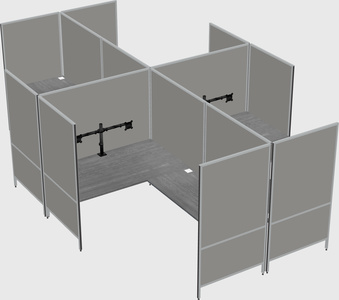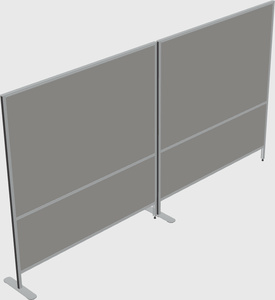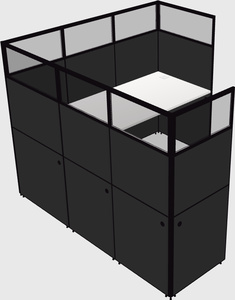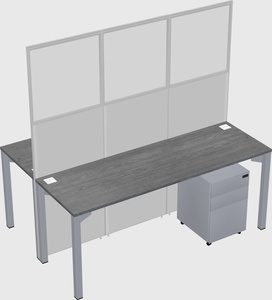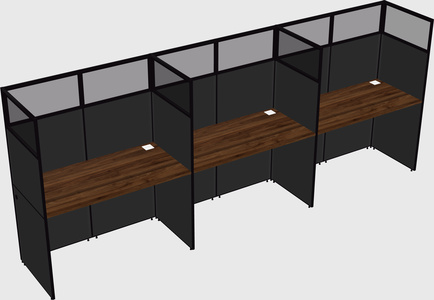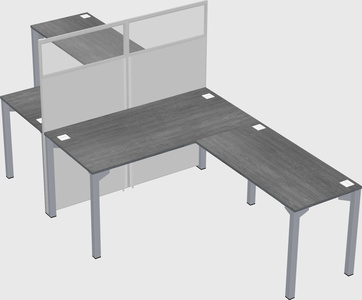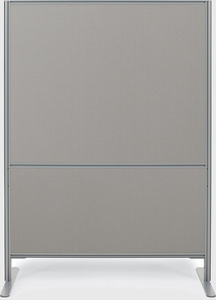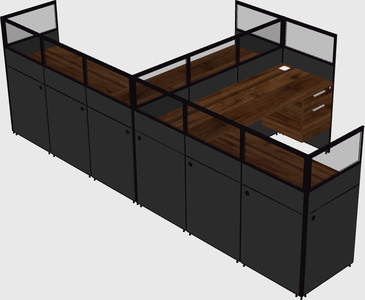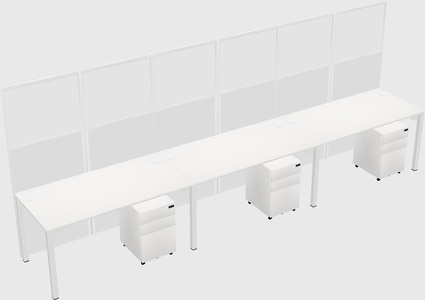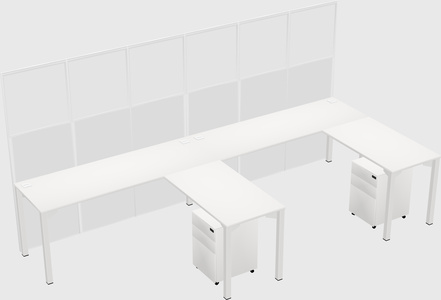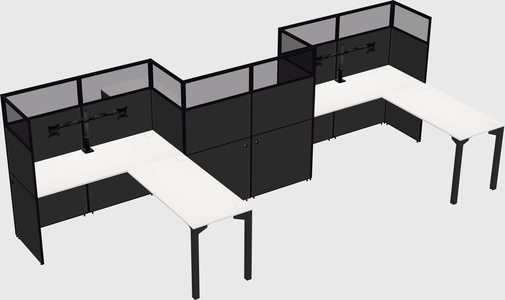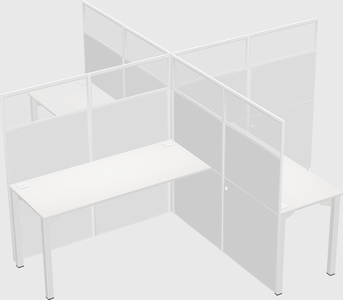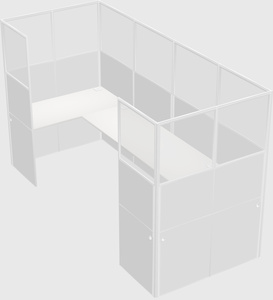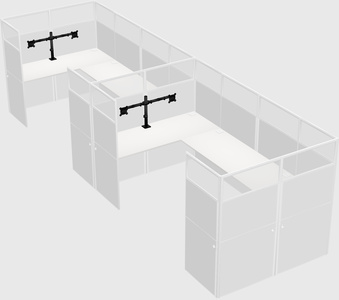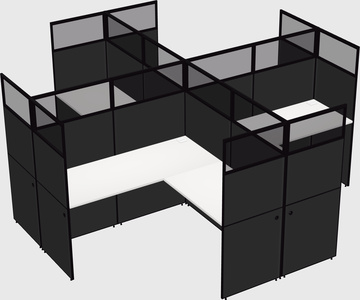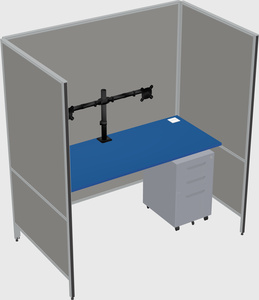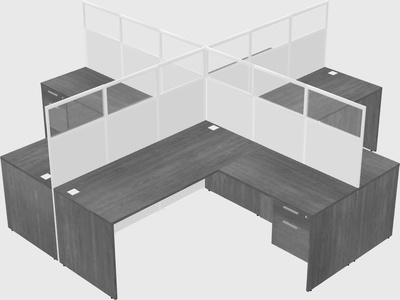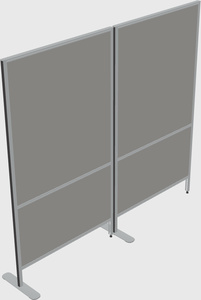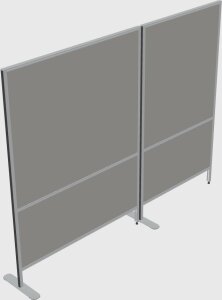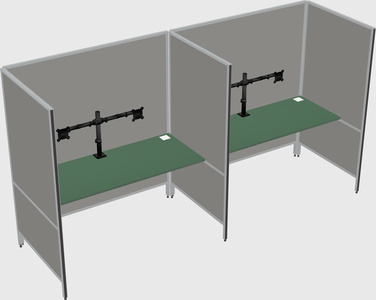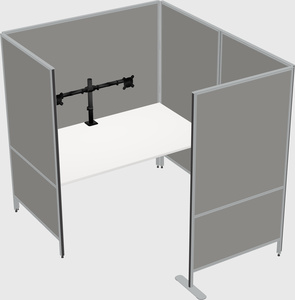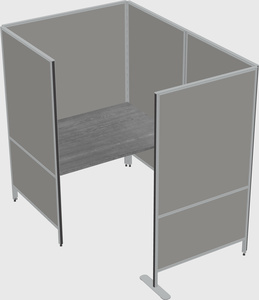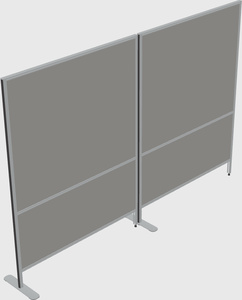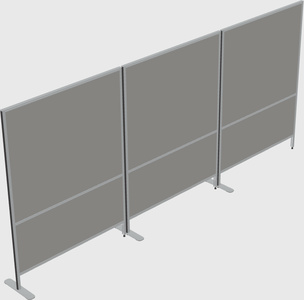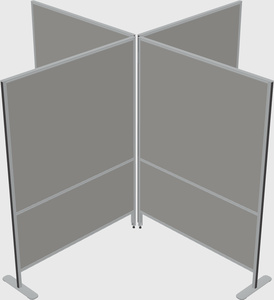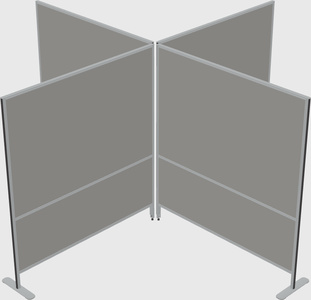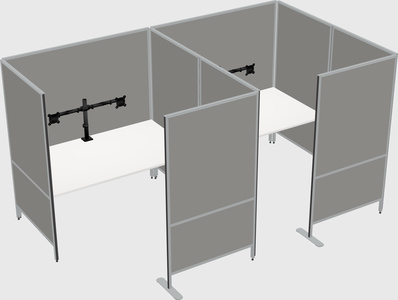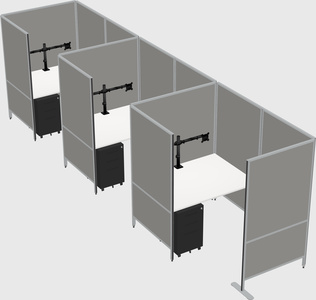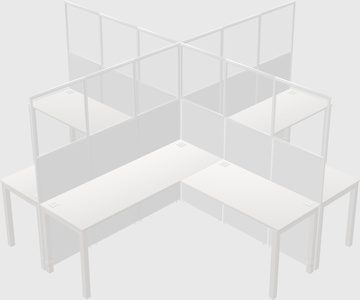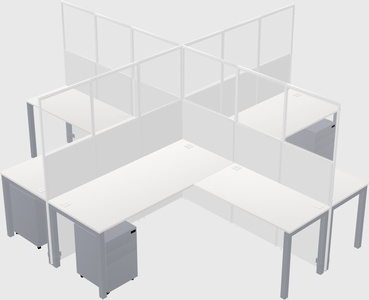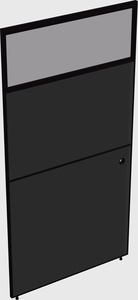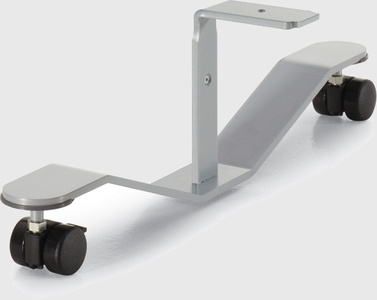Office cubicles
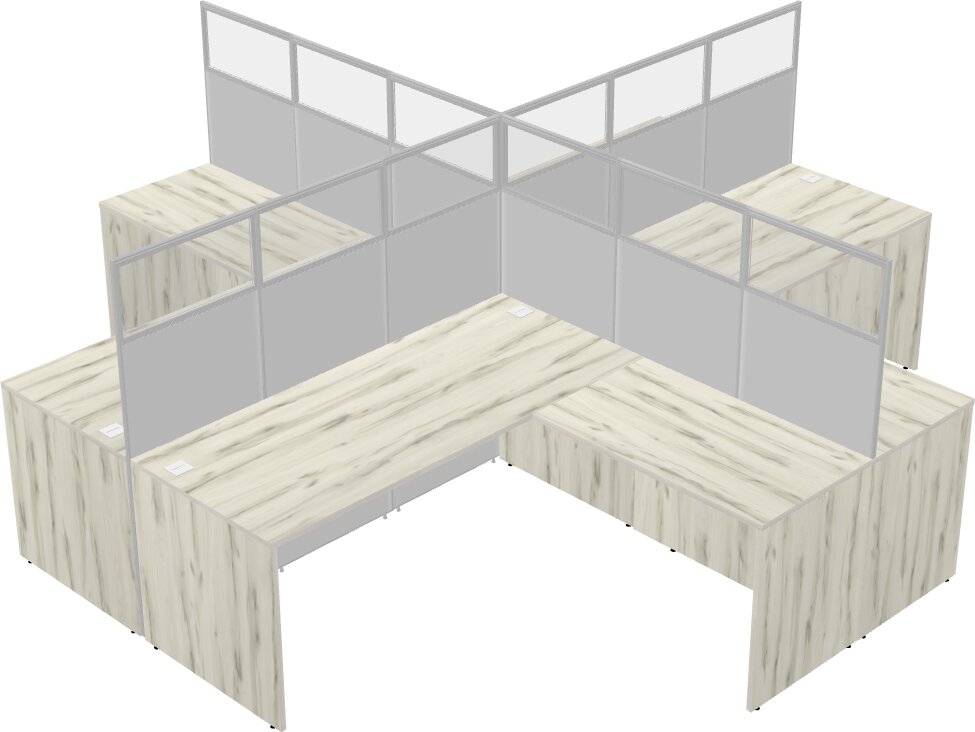 Office cubicles are modular workspaces designed to provide employees with a semi-private and organized environment within an office setting. these partitions typically consist of walls, panels, and dividers that create individual workstations for employees. cubicles aim to strike a balance between open-plan layouts and fully enclosed offices, offering a compromise that fosters collaboration while providing a degree of privacy.
Office cubicles are modular workspaces designed to provide employees with a semi-private and organized environment within an office setting. these partitions typically consist of walls, panels, and dividers that create individual workstations for employees. cubicles aim to strike a balance between open-plan layouts and fully enclosed offices, offering a compromise that fosters collaboration while providing a degree of privacy.
Introduction:
In the ever-changing landscape of modern workplaces, the design of office spaces has undergone a significant transformation. One key element that has played a crucial role in shaping the office environment is the humble office cubicle. Often regarded as a symbol of the corporate world, cubicles have evolved over the years to strike a delicate balance between fostering collaboration and providing employees with the privacy they need for focused work.
The Birth of Cubicles:
The concept of office cubicles traces its roots back to the 1960s when Robert Propst, a designer at the Herman Miller furniture company, introduced the Action Office system. Originally conceived as a solution to enhance worker productivity, the system featured modular partitions to create individual workspaces within an open office.
Balancing Act:
The initial idea behind cubicles was to offer employees a sense of personal space without completely isolating them. As workplaces continued to evolve, so did the design of cubicles. Today, these modular workspaces are more than just partitions; they are dynamic environments that can be customized to meet the diverse needs of different teams and individuals.
Customization and Flexibility:
One of the standout features of modern office cubicles is their adaptability. Companies can customize the layout and design of cubicles to suit their specific needs, whether it's promoting teamwork, accommodating a growing workforce, or providing spaces for focused individual work. The flexibility of cubicles allows companies to create a work environment that aligns with their values and goals.
Collaboration Zones:
While the original intention of cubicles was to provide individual workspaces, contemporary designs emphasize collaboration. Many offices now integrate collaborative zones within cubicle layouts, featuring open meeting spaces, huddle rooms, and communal areas. This strategic integration encourages spontaneous interactions and teamwork while maintaining the benefits of individual workstations.
Tech Integration:
As technology continues to shape the way we work, cubicles have evolved to accommodate modern tools and devices. Integrated power outlets, cable management solutions, and adjustable work surfaces are now standard features, ensuring that employees can seamlessly integrate their tech tools into their workspace.
Employee Well-being:
Another aspect of the evolution of cubicles is a heightened focus on employee well-being. Ergonomic furniture, natural lighting, and greenery are integrated into cubicle designs to create a more comfortable and inviting workspace. This approach recognizes the importance of a positive work environment in fostering employee satisfaction and productivity.

